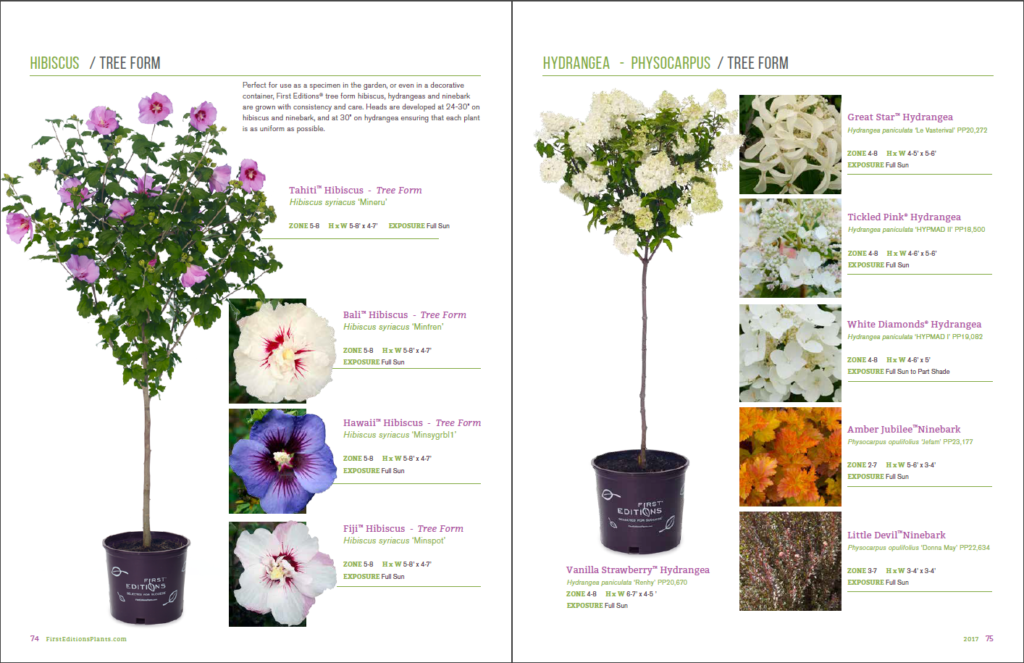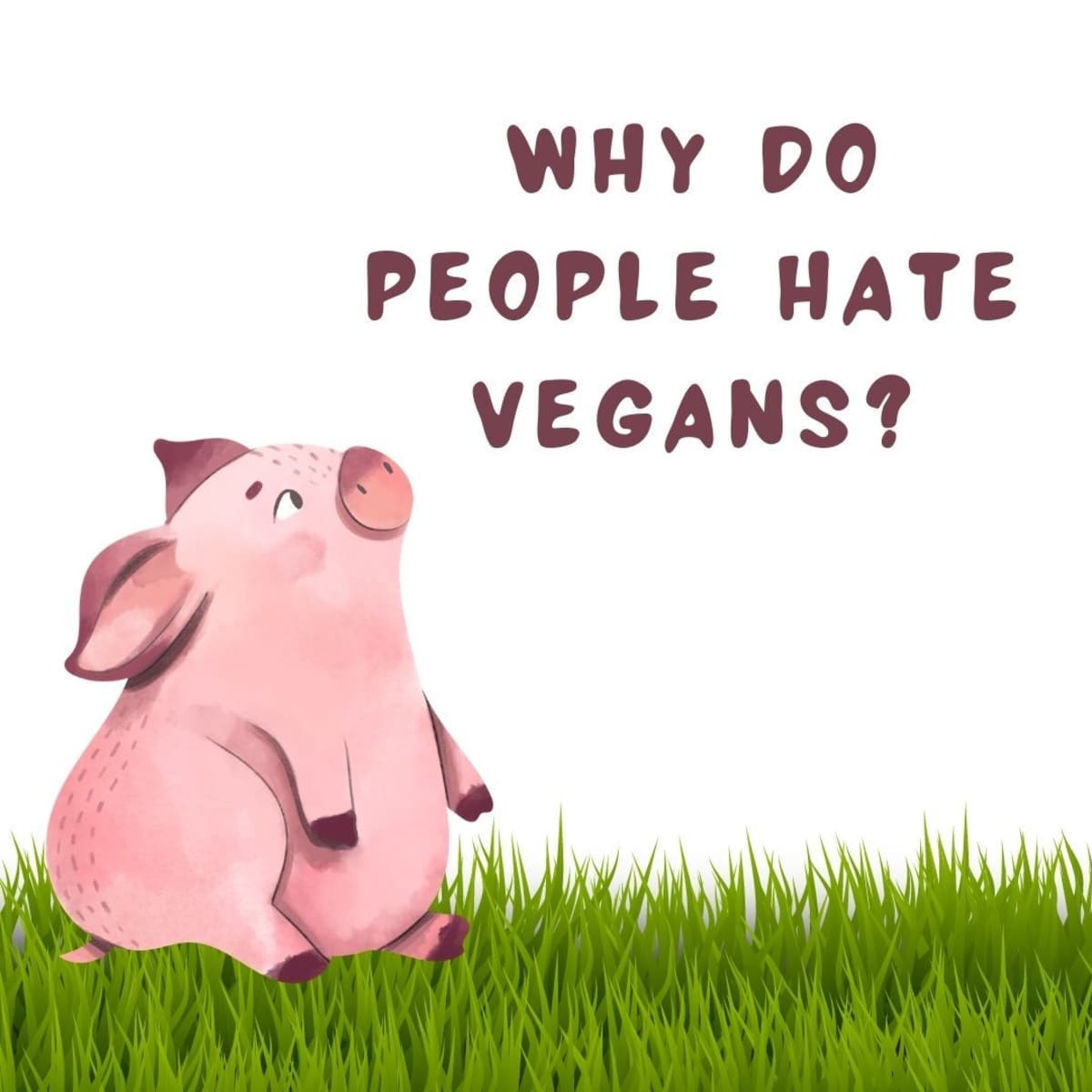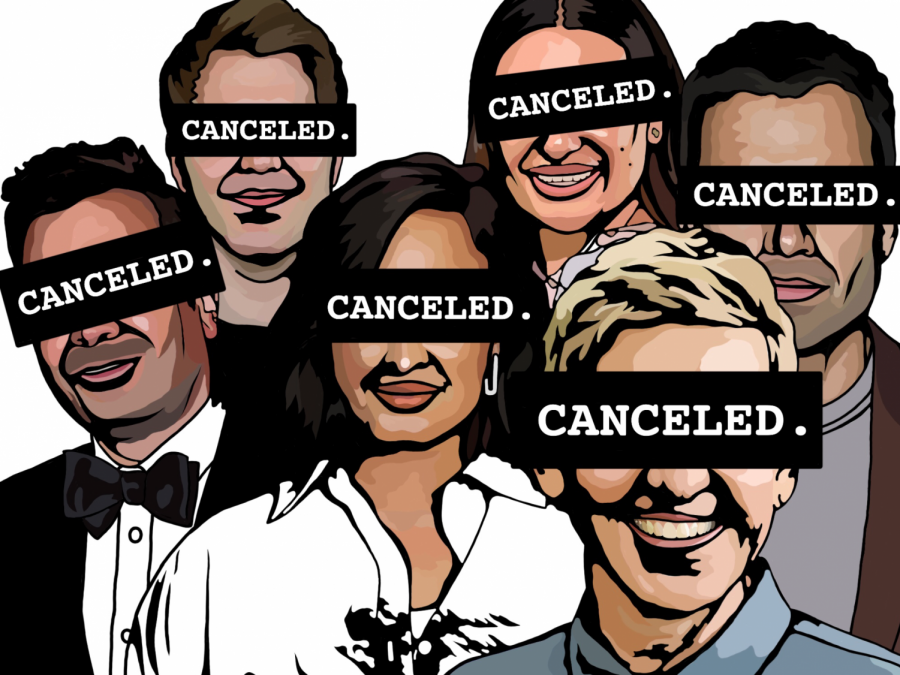The link to my scholarly article can be found here and here
Thursday, March 14, 2024
Visual Communication Online
Sunday, March 10, 2024
Online Arguments
- Why did you choose this online argument for your assignment?
- Provide three negative examples and concerns you have with this online argument.
- Create five rules for how people should argue online correctly.
- Have basic respect and decency
- Focus on the original prompt
- Be considerate, limit your own ego
- Focus on solving an issue and reaching consensus, not winning an argument.
- Ignore trolling and unhelpful comments.
Sunday, March 3, 2024
Toulmin Method
The Toulmin Method is a very useful concept to consider when negotiating the landscape of online communication. We often find ourselves lost in arguments online, or in the case that we hear of others in arguments online, we may not even know what an argument is about. In these scenarios, the Toulmin Method is a great way of taking a step back, and approach an argument with a more rational outlook. I find that the best first steps for analyzing an online argument are to only consider the three beginning steps of the Toulmin method: the claim, grounds and warrant. In the simplest language, the claim is an assertion that an author makes in an argument, the backing is the information necessary to understand the claim, and the warrant is the information that links the claim and backing together. Once you have identified each of these components in an online argument, you should have a pretty good idea of the substance of the argument itself. The data, qualifier's and rebuttal are the final three parts of the method, and are important for understanding the overall complexities of the argument, and which conclusions different parties reach based on differing opinions.
Visual Communication Online
The link to my scholarly article can be found here and here Social semiotics is the study of sign making, and how humans create and assi...

-
The Battle For Public Opinion The internet has become a primary location for heated political, as well as moral debates. This has a few be...
-
Today I'll be discussing one of my personal relationships that started to come apart after a conflict arose. This Summer I spent a major...




